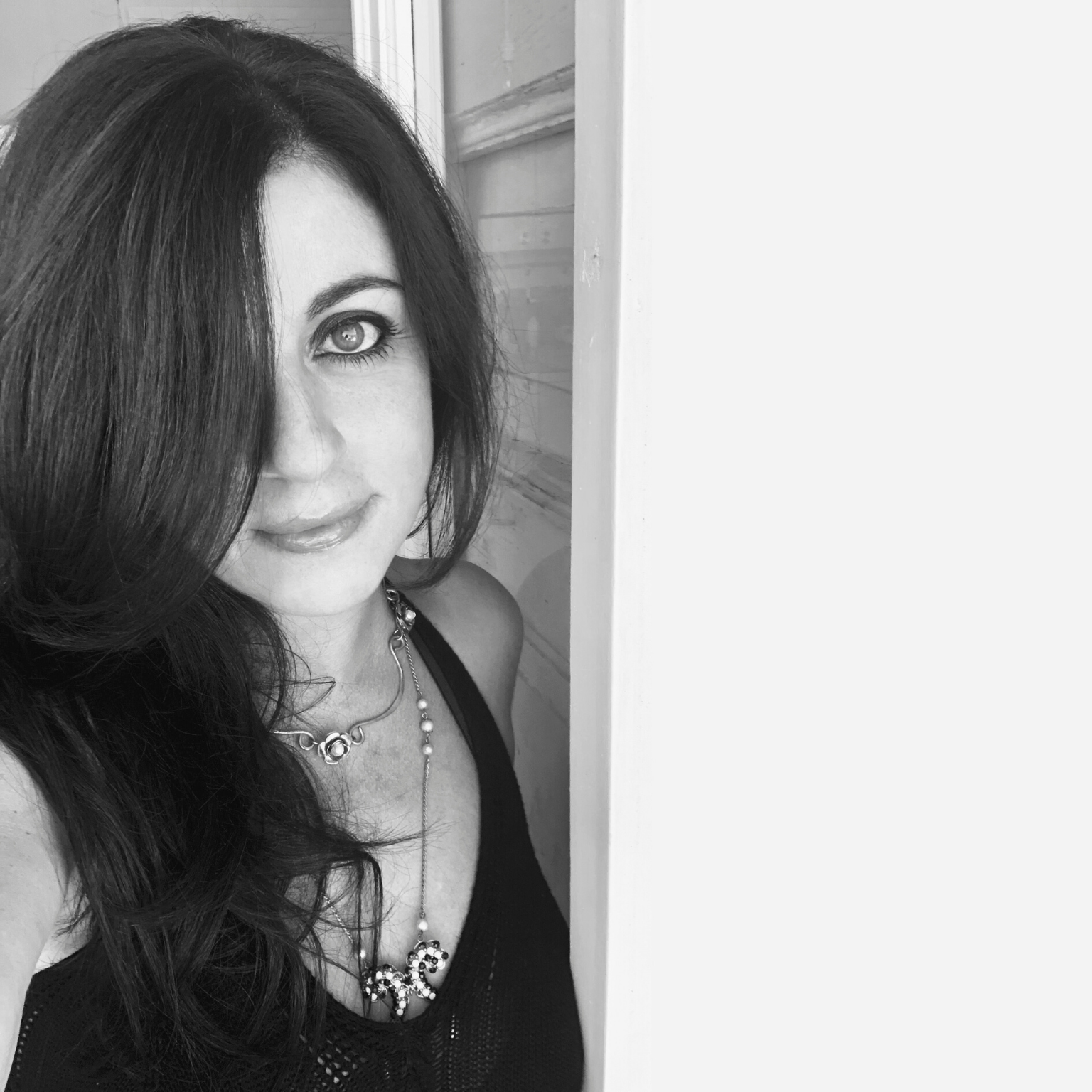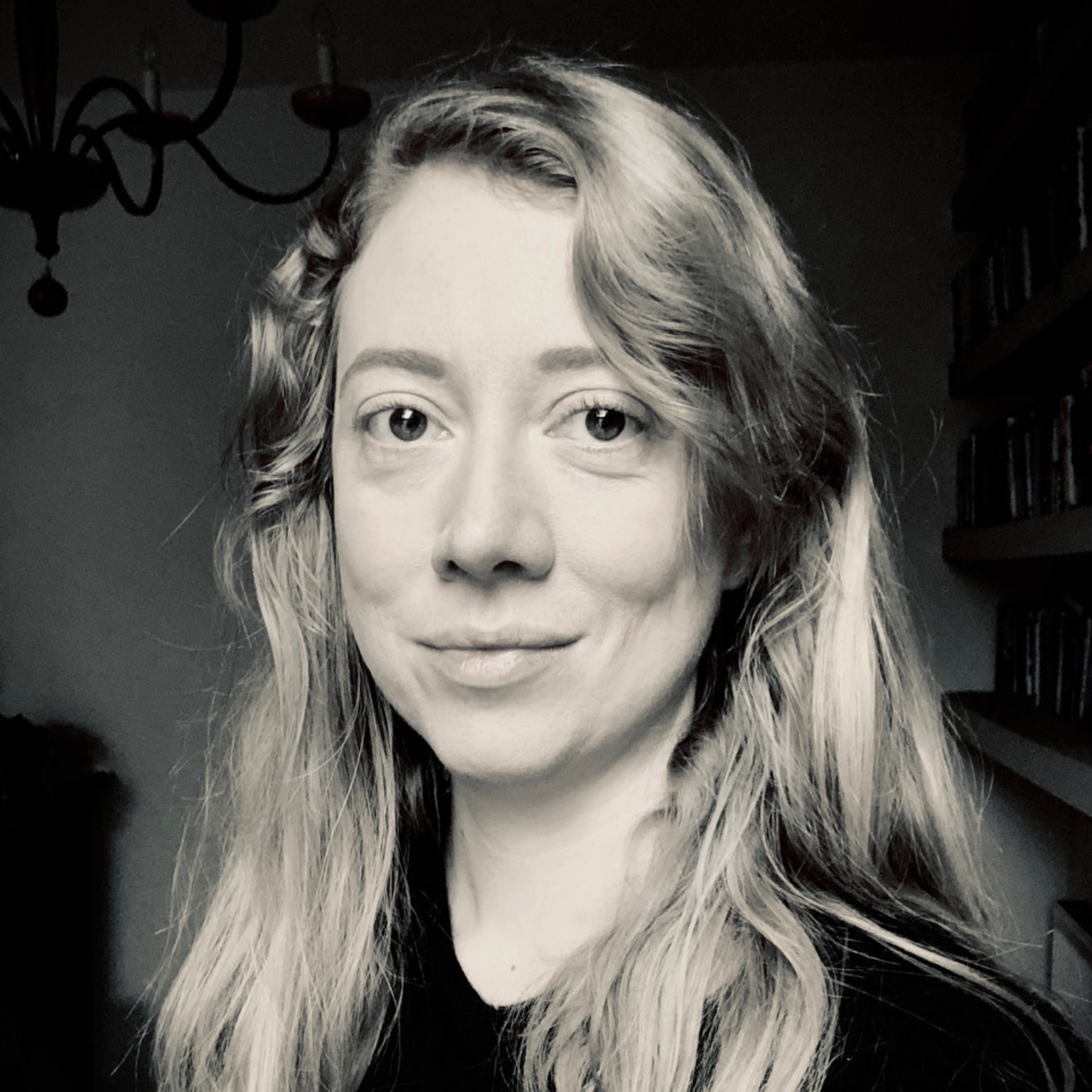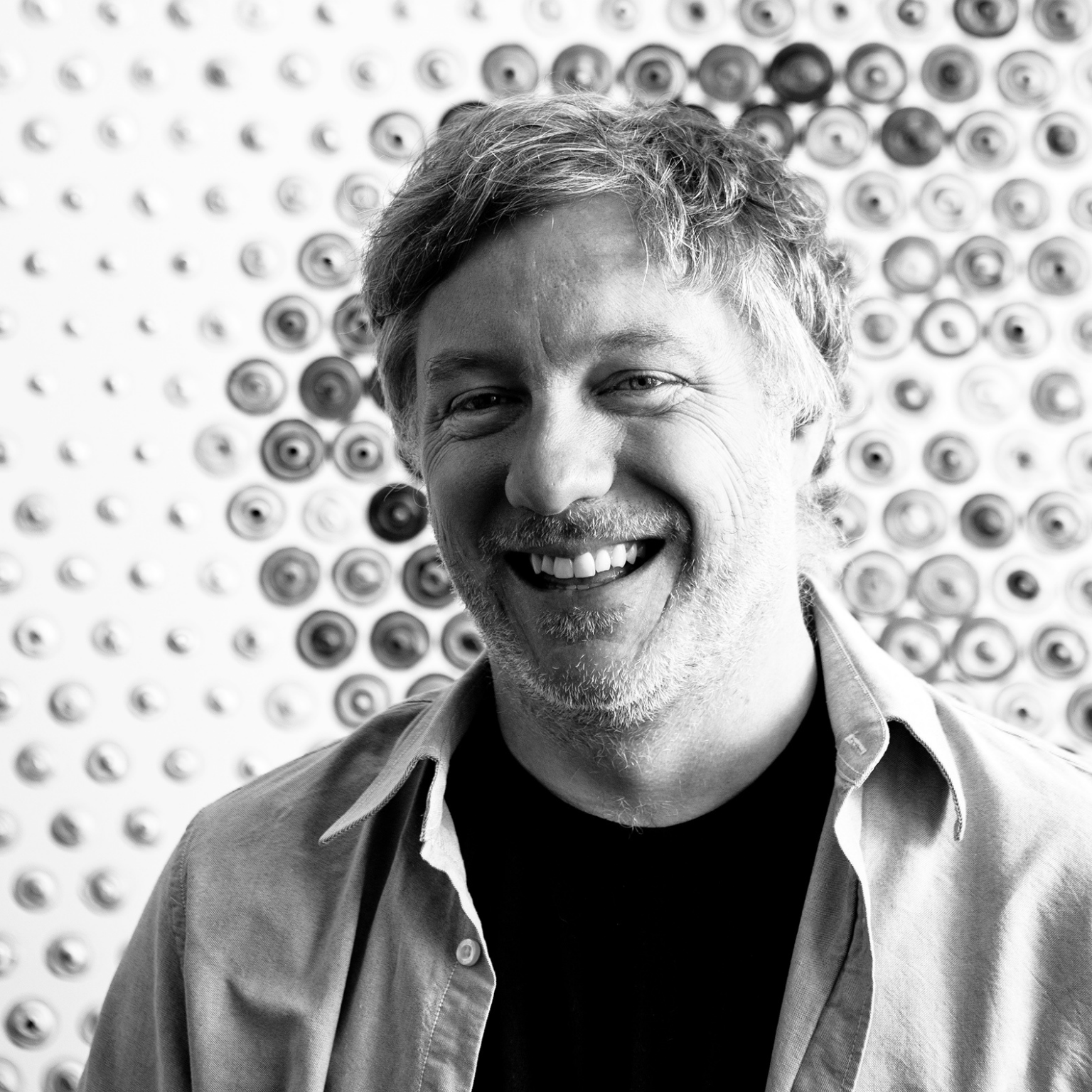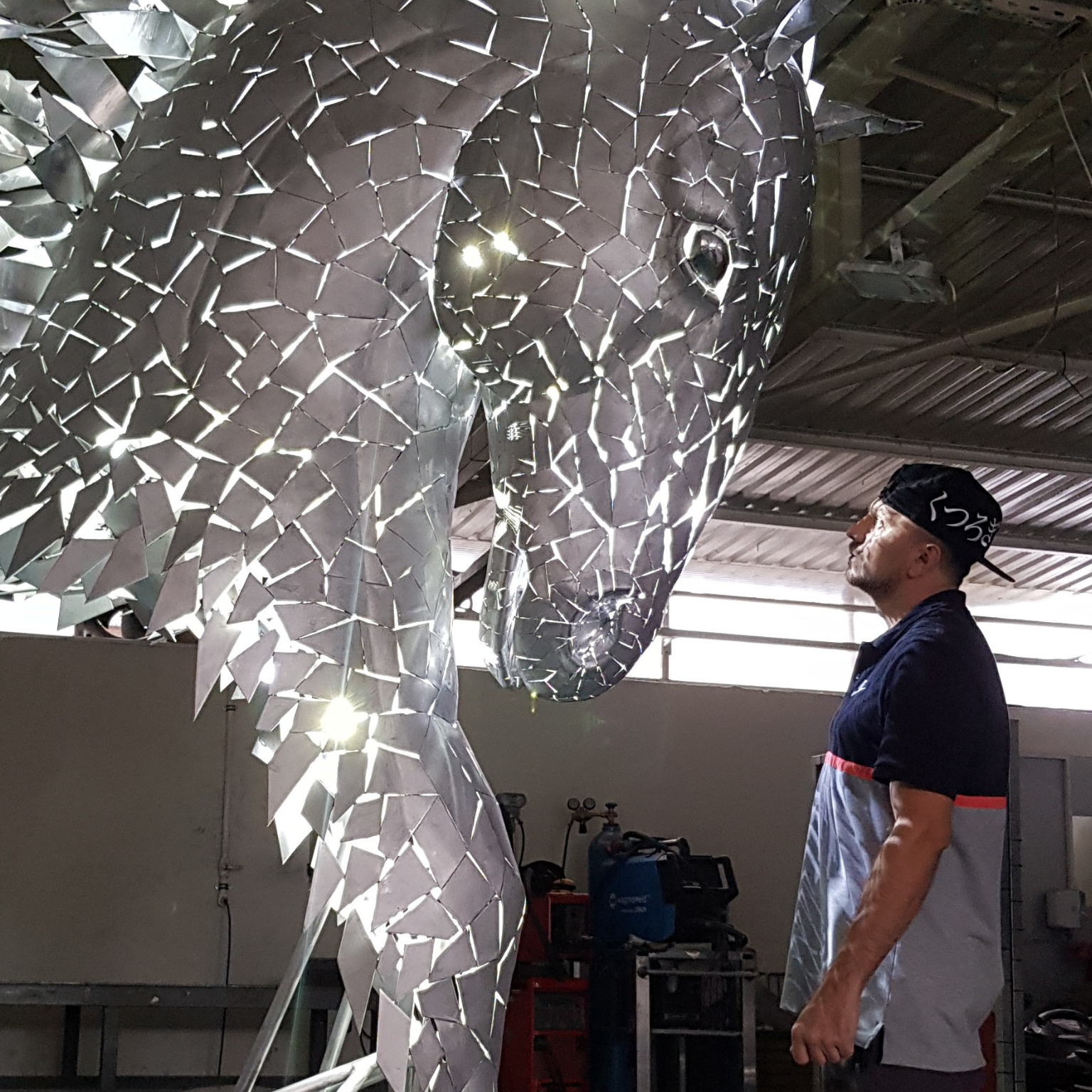Ilaria Abbiento, visual artist from Napoli, Italy. Photography © Ilaria Abbiento
1.In your opinion what is the role of a museum?
A museum is a precious container of historical memory and art heritage, a vital space for culture. Today there are many roles that a museum should observe, for example the social one: it can represent a place for the reception of culture built on a continuous dialogue with the community.
The museum can be an essential element of social change if it is capable of investing in educational paths for children, guiding them to the formation of a critical thought so that they can develop over time the love for art, both ancient and contemporary.
Finally, another important role that a museum should enhance is to promote the work of young artists and support them economically by acquiring their works and expanding the art collections sometimes already rich in works by historicized artists.
2.What are your favorite museums in the world? Why?
There are many museums in the world that I love very much, here I will mention only a few. In Italy my favorite is the Pino Pascali Museum in Polignano a Mare because it is a museum that floats on the sea dedicated to the memory of one of the artists I love most, Pino Pascali precisely.
The Prada Foundation in Milan that compares to a wonderful art kaleidoscope dedicated to exhibitions and installations of wide cultural scope together with its Observatory, an exhibition space dedicated to photography and contemporary visual languages. Abroad, the National Gallery in London where I can contemplate a rich art collection made up of more than two thousand paintings from various artistic periods.
The Louvre Museum in Paris because it is a real temple of art which preserves over four hundred thousand works including some of the most famous in the world such as Cupid and Psyche of Canova, a work of art with which I have fallen head over heels in love.
And the Orsay Museum always in Paris, because I am very fascinated by its eclectic construction of the former railway station on the riverside and the numerous masterpieces of Impressionism and post-Impressionism that I have been able to admire inside.
3.How important are social networks in your business? And which platform do you prefer and why.
My favorite social network is Instagram. I think it’s a platform full of essential content, sometimes very interesting, where the image certainly plays the most important role.
I have been building an “aquatic diary” on my Instagram profile for some time, in which, day by day, I insert liquid traces and thoughts related to my visual research and the works I create. It is an archive of my memory and my artistic practice, a logbook of images and words, sometimes even of poems, in which the fluid element of the sea, a sweet obsession of my study and my poetics, is revealed in this digital archive in multiple visual observations.
Over the years, Instagram has allowed me to get in touch with many cultural and artistic realities both in Italy and abroad.
4.In particular, due to the coronavirus emergency, how have you changed your business on social networks?
Due to covid-19, some exhibitions that I should have done in this period have unfortunately been postponed on a date yet to be defined. Everything suddenly became virtual, from the promotion of the works to the preview of future exhibitions.
Beatrice Burati Anderson, gallerist from Venice, has created a virtual exhibition entitled “Hope!” in which she invited me together with the other artists of the gallery to show some works online on the website and on the Instagram platform. Claudio Composti, Artistic Director of mc2gallery in Milan, in this period as well as promoting my artistic research on social networks, invited me to illustrate my work in a live studio visit Instagram where we also talked about my latest work entitled Kardìa which we would have exhibited in May and that I realized during the artist residency Plaza Art Residency before the covid emergency.
And finally the artistic curator Valentina Rippa involved me in “Silent global game” a virtual exhibition dedicated to the theme of silence.
5.To create greater engagement among museums, artists and professionals, do you have any advice for cultural projects such as #MuseumWeek?
I hope that a cultural project such as #MuseumWeek, involving many figures in the artistic sphere, can contribute to creating a digital archive that arouses the desire to deepen the knowledge of artistic practices and research, to encourage cultural sharing and trigger a meeting mechanism and dialogue between people.
Interview by Fabio Pariante, journalist
MORE
Ilaria Abbiento on social networks: Instagram – Facebook
Ilaria Abbiento is an Italian visual artist and was a student of the photographer Antonio Biasiucci. Her artistic poetics focuses on the theme of the landscape, the sea and the Mediterranean to which she has dedicated several works over time.
Abbiento has exhibited in various contemporary art galleries such as Al Blu di Prussia in Napoli, Le Quadrilatère in Beauvais in France, L’Art Pur Gallery in Riyadh and Hafez Gallery in Jeddah in Saudi Arabia, the Modern Art Gallery in Catania, and in museums such as the Macro Museum in Rome, the Madre Museum and the Villa Pignatelli Museum in Napoli.
Her works are part of some art collections such as Imago Mundi Art, the Archive of the Malerba Fund for photography, the Mediterraneum Collection, and the Vallicelliana Library in Rome, and she has participated in various artist residences: BoCs Art in Cosenza, The Photosolstice at Asinara in Sardinia and Plaza Art Residency on the island of Capraia in Tuscany.
Abbiento has won several awards including, recently, an artist residence in Corsica with the Photolux Festival in Lucca in collaboration with the Center Méditerranéen de la Photographie in Bastia.
The artist currently works with Claudio Composti, Artistic Director of mc2gallery in Milan, and Beatrice Burati, Anderson Art Gallery in Venice. Ilaria Abbiento lives and works in Napoli.



